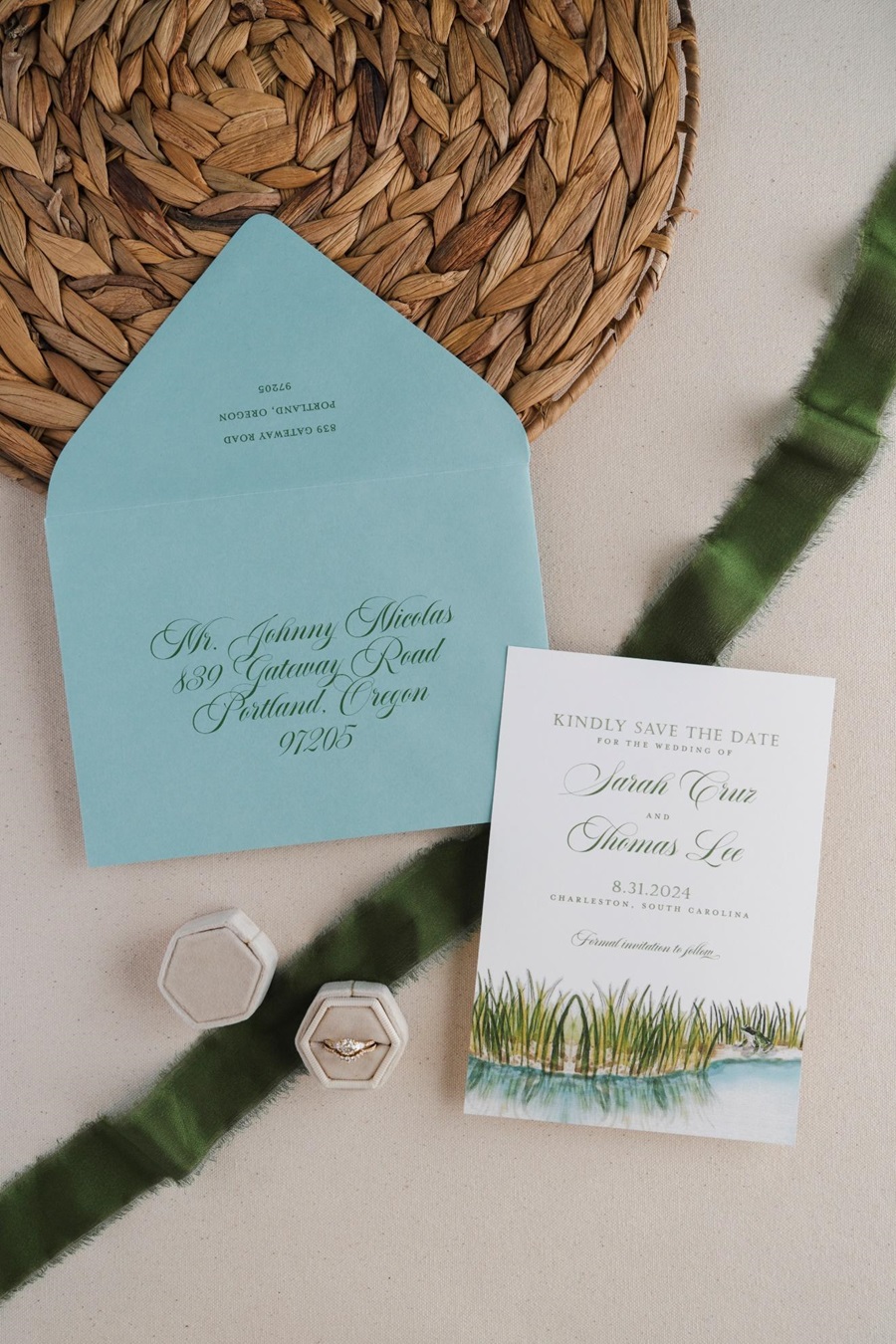
When it comes to planning a wedding, milestone birthday, or any other significant event, one of the first things you’ll need to do is ensure your guests are ready to attend. This is where Save the Date invitations come in. While many people associate invitations with the final details of an event, Save the Date cards are an early heads-up, giving your guests enough notice to mark their calendars and prepare for the big day.
Whether you’re getting married, hosting a family reunion, or planning a significant anniversary celebration, here’s everything you need to know about Save the Date invitations — from why they’re important to the best ways to create them.
Why Are Save the Date Invitations Important?
Save the Date invitations are a crucial part of any event’s preparation. They are designed to give your guests advance notice of the date and location of the event, ensuring that they set aside the time to attend. Here are a few reasons why Save the Date cards are so important:
-
Early Planning
Life gets busy, and if your event is taking place during peak wedding season, a holiday weekend, or a time when your guests have other commitments, sending out Save the Date invitations well in advance is a courtesy. This allows your guests to prioritize your event over other potential obligations or travel plans.
-
Travel and Accommodations
For weddings or events that involve out-of-town guests, sending a Save the Date far ahead of time gives your invitees ample time to book travel and accommodations. It’s especially important for destination weddings or large gatherings where guests may need to arrange lodging, flights, or car rentals months in advance.
-
Setting Expectations
Save the Date cards can also help set the tone for your event. The design and style of the invitation can convey the type of gathering you’re hosting — whether it’s formal, casual, destination-based, or themed. This helps your guests plan their outfits and get into the spirit of your special day.
-
Flexibility in Guest Lists
If your event is large, like a wedding, Save the Dates allow you to manage your guest list more effectively. Those who might be on the fence about attending can begin to make decisions earlier, while others can start preparing. It also serves as a reminder for people who might forget to RSVP at the last minute.
When Should You Send Save the Date Invitations?
Timing is everything when it comes to Save the Dates. While it’s never too early to get your Save the Date cards out, here are some general guidelines for timing:
- Weddings: Typically, Save the Dates for weddings should be sent out 6-8 months before the big day, especially if you’re having a destination wedding or your event is in peak travel season. If you’re planning a local wedding, sending them 4-6 months in advance is usually sufficient.
- Other Events: For birthday parties, anniversaries, or family reunions, aim for a 3-4 month window. If the event is especially large or involves travel, 6 months in advance is a safe bet.
What Information Should You Include?
While Save the Date invitations are less formal than traditional invitations, they still need to provide some key details to ensure your guests are fully informed. Here’s what you’ll need to include:
-
The Event Date
The most important piece of information is, of course, the date! Make sure it’s clear and easy to read, and double-check it to avoid any mistakes.
-
Event Location (if known)
While you don’t need to include all the details (such as the venue name or address), you should at least mention the city or region where the event will be held. For destination weddings or events, you may want to include more specific location details.
-
Names of the Hosts
For a wedding, this typically includes the couple’s names. For other events, include the names of the people hosting the gathering (this could be the birthday person, the anniversary couple, or the family organizing the reunion).
-
A Note to “Save the Date”
A simple statement such as “Save the Date for [Name]’s Wedding” or “Join us to Celebrate [Name]’s 50th Birthday” works perfectly. You can also add a short and sweet line like “Formal invitation to follow” to let guests know they’ll receive more details soon.
-
A Website or Contact Information
If you have a wedding website or event page set up, including the URL is helpful. This will give guests a place to check for further details, such as accommodations, travel information, and RSVP links as they become available.
How to Design Save the Date Invitations
Save the Date invitations are an opportunity to showcase the personality and theme of your upcoming event, so it’s important to design them thoughtfully. Here are some design tips to consider:
-
Theme and Style
If your event has a theme — whether it’s rustic, vintage, beachy, or modern — the Save the Date should reflect that aesthetic. You can choose a design that matches the colors, mood, and style of your main event invitations, ensuring that everything feels cohesive.
-
Photo or Illustration
Many couples choose to include a photo on their Save the Date, particularly for weddings. A beautiful engagement photo, a candid shot, or a creative illustration can make the invitation feel personal and memorable.
-
Fun and Creative Designs
Depending on your event, you may want to go with something playful or non-traditional. Magnetic Save the Dates, postcard-style invitations, and even video Save the Dates (where you send a short clip instead of a physical card) are all trendy ways to make your Save the Date stand out.
-
Keep It Simple
While it’s great to get creative, remember that a Save the Date is not a full invitation. It’s meant to provide basic information in a clear and attractive way. Don’t overcrowd the design — focus on the essentials.
Should You Send Physical or Digital Save the Dates?
With the rise of digital communication, many couples are opting for digital Save the Date invitations. While physical cards are still traditional and often appreciated, digital invites can be more affordable, eco-friendly, and convenient, especially for people with long guest lists or destination events. You can send a digital invitation via email or through a wedding website or app.
However, if you’re going for a more formal event or simply want to add a special touch, physical Save the Dates can leave a lasting impression. The decision ultimately depends on your style, your guest list, and your budget.
Final Thoughts
Save the Date invitations are more than just a prelude to your event — they set the stage, provide your guests with the information they need, and get everyone excited for the big day. Whether you’re going for a classic postcard, an elaborate design, or a digital invite, these early notices are the first step in making your celebration unforgettable. So get creative, plan ahead, and be sure to send your Save the Dates with plenty of time to spare!


Leave a Reply